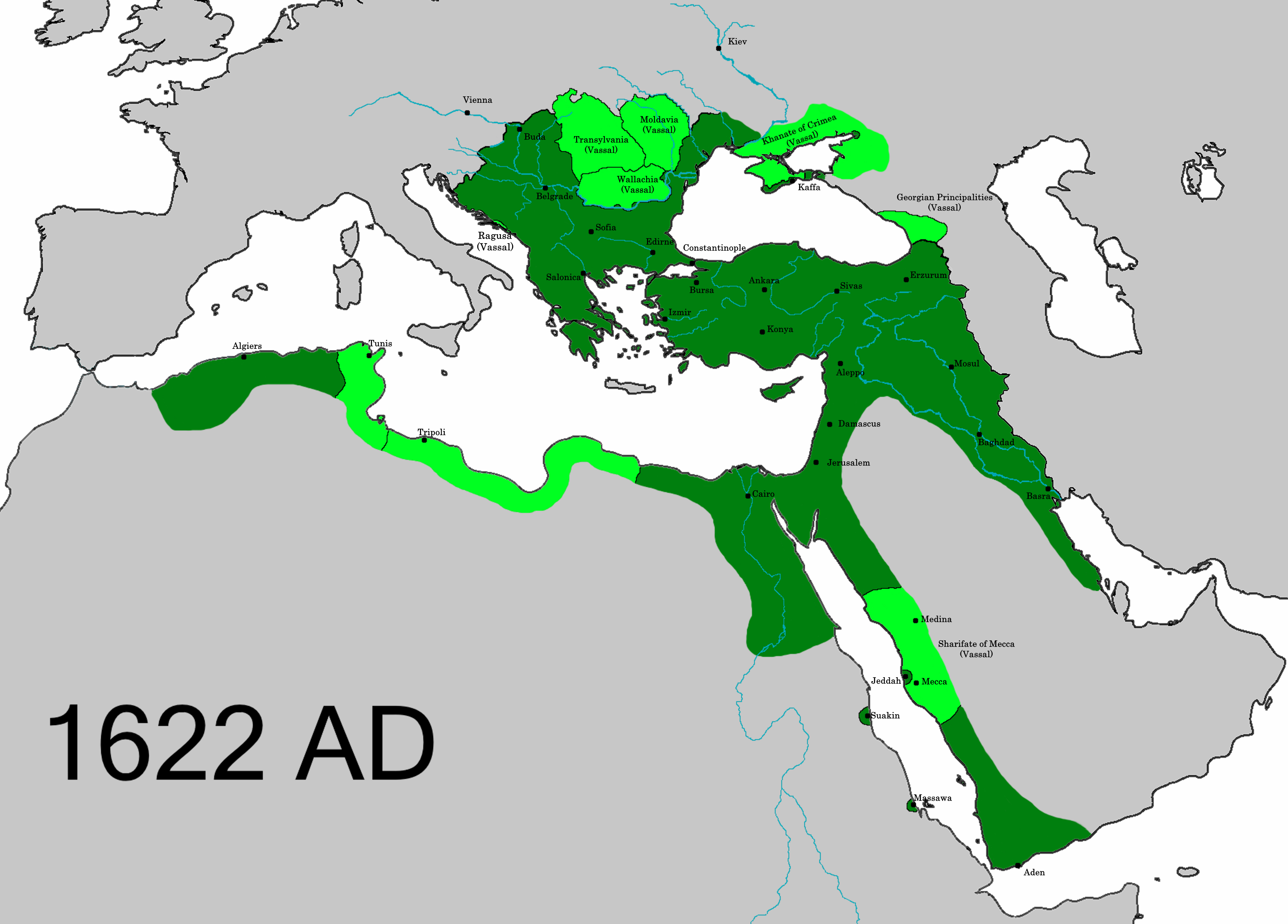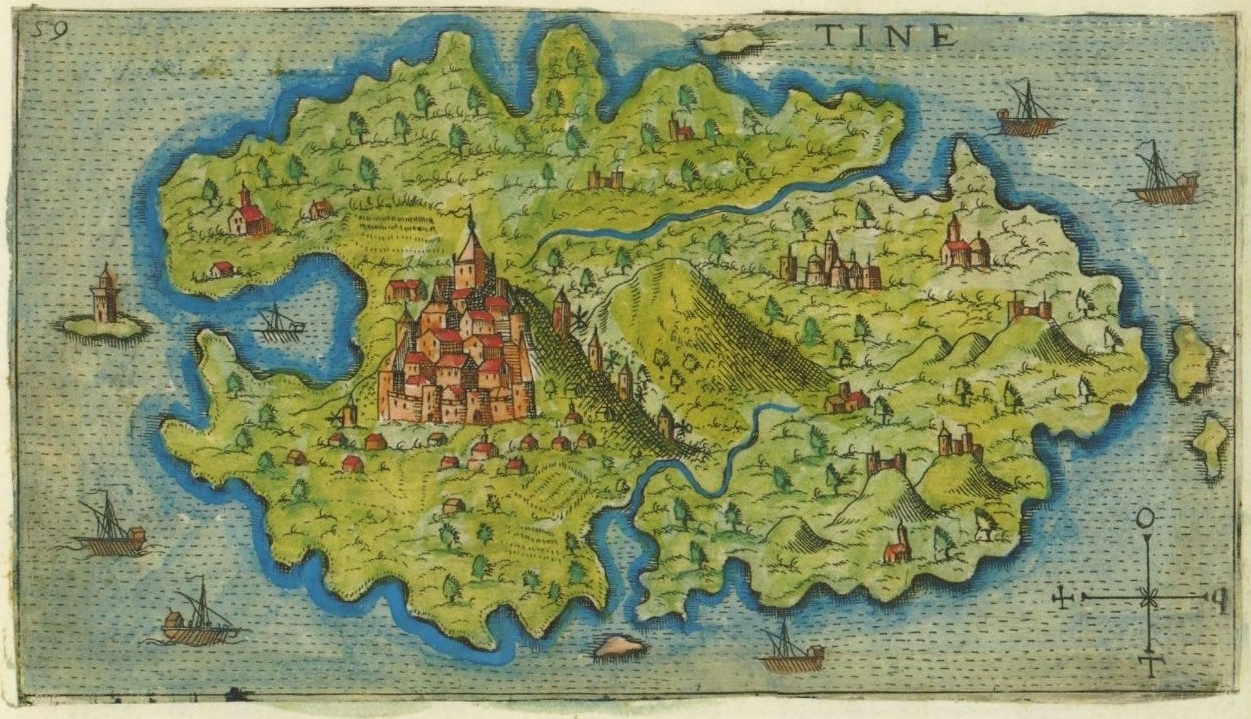|
Ayşe Sultan (Haseki Of Osman II)
Ayşe Sultan ( ota, عایشه سلطان; "''the living one''" or "''womanly''", died 1640) was the consort of Sultan Osman II of the Ottoman Empire. Life Her name appears in privy purse registers from 1619 on, but nothing is known about her except her name. According to Peirce, Ayşe was Osman's haseki sultan. But according to Piterberg, Osman II did not have a haseki and Ayşe was just "a politically insignificant consort." Even though her status was debatable, it is clear that Ayşe could not become a prominent female figure like other haseki sultans. Also, a governess (''daye hatun'', lit. wet-nurse) who was appointed as a stand-in valide, could not counterbalance the contriving of Mustafa I's mother in the Old Palace. This condition made the conspious absence of a female power basis in the harem during her spouse's reign, the basic and exceptional weakness from which Osman II suffered. After Osman's death in 1622 she stayed in the Old Palace. Privy Purse records he ... [...More Info...] [...Related Items...] OR: [Wikipedia] [Google] [Baidu] |
Ottoman Empire
The Ottoman Empire, * ; is an archaic version. The definite article forms and were synonymous * and el, Оθωμανική Αυτοκρατορία, Othōmanikē Avtokratoria, label=none * info page on book at Martin Luther University) // CITED: p. 36 (PDF p. 38/338) also known as the Turkish Empire, was an empire that controlled much of Southeast Europe, Western Asia, and Northern Africa between the 14th and early 20th centuries. It was founded at the end of the 13th century in northwestern Anatolia in the town of Söğüt (modern-day Bilecik Province) by the Turkoman tribal leader Osman I. After 1354, the Ottomans crossed into Europe and, with the conquest of the Balkans, the Ottoman beylik was transformed into a transcontinental empire. The Ottomans ended the Byzantine Empire with the conquest of Constantinople in 1453 by Mehmed the Conqueror. Under the reign of Suleiman the Magnificent, the Ottoman Empire marked the peak of its power and prosperity, as well a ... [...More Info...] [...Related Items...] OR: [Wikipedia] [Google] [Baidu] |
Topkapı Palace
The Topkapı Palace ( tr, Topkapı Sarayı; ota, طوپقپو سرايى, ṭopḳapu sarāyı, lit=cannon gate palace), or the Seraglio A seraglio, serail, seray or saray (from fa, سرای, sarāy, palace, via Turkish and Italian) is a castle, palace or government building which was considered to have particular administrative importance in various parts of the former Ott ..., is a large museum in the east of the Fatih List of districts of Istanbul, district of Istanbul in Turkey. From the 1460s to the completion of Dolmabahçe Palace in 1856, it served as the administrative center of the Ottoman Empire, and was the main residence of its sultans until the 17th century. Construction, ordered by the Sultan Mehmed the Conqueror, began in 1459, six years after the Fall of Constantinople, conquest of Constantinople. Topkapı was originally called the "New Palace" (''Yeni Saray'' or ''Saray-ı Cedîd-i Âmire'') to distinguish it from the Eski Saray, Old Palace (''Eski Sar ... [...More Info...] [...Related Items...] OR: [Wikipedia] [Google] [Baidu] |
Istanbul
Istanbul ( , ; tr, İstanbul ), formerly known as Constantinople ( grc-gre, Κωνσταντινούπολις; la, Constantinopolis), is the List of largest cities and towns in Turkey, largest city in Turkey, serving as the country's economic, cultural and historic hub. The city straddles the Bosporus strait, lying in both Europe and Asia, and has a population of over 15 million residents, comprising 19% of the population of Turkey. Istanbul is the list of European cities by population within city limits, most populous European city, and the world's List of largest cities, 15th-largest city. The city was founded as Byzantium ( grc-gre, Βυζάντιον, ) in the 7th century BCE by Ancient Greece, Greek settlers from Megara. In 330 CE, the Roman emperor Constantine the Great made it his imperial capital, renaming it first as New Rome ( grc-gre, Νέα Ῥώμη, ; la, Nova Roma) and then as Constantinople () after himself. The city grew in size and influence, eventually becom ... [...More Info...] [...Related Items...] OR: [Wikipedia] [Google] [Baidu] |
Osman II
Osman II ( ota, عثمان ثانى ''‘Osmān-i sānī''; tr, II. Osman; 3 November 1604 – 20 May 1622), also known as Osman the Young ( tr, Genç Osman), was Sultan of the Ottoman Empire from 26 February 1618 until his regicide on 20 May 1622. Early life Osman II was born at Topkapı Palace, Constantinople, the son of Sultan Ahmed I (1603–17) and one of his consorts Mahfiruz Hatun. According to later traditions, at a young age, his mother had paid a great deal of attention to Osman's education, as a result of which Osman II became a known poet and was believed to have mastered many languages, including Arabic, Persian, Greek, Latin, and Italian; although this has since been refuted. Osman was born eleven months after his father Ahmed's transition to the throne. He was trained in the palace. According to foreign observers, he was one of the most cultured of Ottoman princes. Osman's failure to capture the throne at the death of his father Ahmed might have been cau ... [...More Info...] [...Related Items...] OR: [Wikipedia] [Google] [Baidu] |
Halime Sultan
Halime Sultan ( ota, حلیمه سلطان, "''the gentle one''" or "''the patient one''") was a consort of Sultan Mehmed III, and the mother of Sultan Mustafa I. The first woman to be Valide Sultan twice and the only to be Valide twice of a same son. She had at least four children with Mehmed: two sons Şehzade Mahmud and Mustafa I, and two daughters Hatice Sultan and Şah Sultan. She was ''de facto'' co-ruler as Valide Sultan from 22 November 1617 to 26 February 1618 and from 19 May 1622 to 10 September 1623, because her son was mentally instable. Halime was also one of the prominent figures during the era known as the Sultanate of Women. Halime lived in the Ottoman empire as a courtier during the reign of six Sultans: Murad III, Mehmed III, Ahmed I, Mustafa I, Osman II, Murad IV. Early life Of Georgian origin, Halime Sultan married Mehmed, when he was still a prince and the governor of Saruhan (Manisa) Sanjak. After Sultan Murad III's death in 1595, she came to Istanbul a ... [...More Info...] [...Related Items...] OR: [Wikipedia] [Google] [Baidu] |
Privy Purse
The Privy Purse is the British Sovereign's private income, mostly from the Duchy of Lancaster. This amounted to £20.1 million in net income for the year to 31 March 2018. Overview The Duchy is a landed estate of approximately 46,000 acres (200 square kilometres) held in trust for the Sovereign since 1399. It also has 190 miles (306 kilometres) of foreshore. The Duchy was valued at approximately £533 million in 2018. The land is organised into the Lancashire Survey, the Yorkshire Survey, the Crewe Survey, the Needwood Estate and the South Survey. The Sovereign is not entitled to the Duchy's capital, but the net revenues of the Duchy are the property of the Sovereign in right of the Duchy of Lancaster. While the income is private, the King uses the larger part of it to meet official expenses incurred by other members of the British royal family. Only the King receives payments from Parliament that are not reimbursed by the King. Administrators Chancellor of the Duchy of Lanc ... [...More Info...] [...Related Items...] OR: [Wikipedia] [Google] [Baidu] |
Kösem Sultan
Kösem Sultan ( ota, كوسم سلطان, translit=;, 1589Baysun, M. Cavid, s.v. "Kösem Walide or Kösem Sultan" in ''The Encyclopaedia of Islam'' vol. V (1986), Brill, p. 272 " – 2 September 1651), also known as Mahpeyker SultanDouglas Arthur Howard, The official History of Turkey, Greenwood Press, , p. 195 ( fa, ماه پيكر;, ), was the chief consort and legal wife of the Ottoman Sultan Ahmed I, valide sultan as the mother of sultans Murad IV and Ibrahim, and ''büyük'' ("elder") valide sultan as the grandmother of Sultan Mehmed IV. She became one of the most powerful and influential women in Ottoman history, as well as a prominent and controversial figure during the period known as the Sultanate of Women. Born in Tinos, then part of the Republic of Venice, to a Greek Orthodox priest, she was kidnapped and sold as a slave in Bosnia before being sent to the imperial harem in Constantinople, the Ottoman capital. There she rose to prominence, becoming the favourite o ... [...More Info...] [...Related Items...] OR: [Wikipedia] [Google] [Baidu] |
Ayşe Sultan (wife Of Murad IV)
Ayşe Sultan is the name of several concubine, consorts and daughters of Ottoman Sultans: * Ayşe Sultan (daughter of Bayezid II) (1465–1515), daughter of Sultan Bayezid II and his concubine Nigar Hatun * Ayşe Gülbahar Hatun, concubine of Sultan Bayezid II and mother of Sultan Selim I *Ayşe Hafsa Sultan, concubine of Sultan Selim I and mother and Valide Sultan of Sultan Süleyman I * Ayşe Hatun, Crimean princess, daughter of Khan Menli I Giray, consort of Sultan Selim I and before of his half-brother Şehzade Mehmed * Ayşe Hümaşah Sultan (daughter of Mihrimah Sultan) (1541–c. 1598), daughter of Mihrimah Sultan and granddaughter of Suleiman the Magnificent and Hürrem Sultan * Ayşe Sultan (daughter of Murad III) (1565 -1605), daughter of Sultan Murad III and his Haseki Safiye Sultan * Ayşe Sultan (daughter of Mehmed III) (c. 1587? - ?), daughter of Sultan Mehmed III and his consort Handan Sultan *Ayşe Sultan (daughter of Ahmed I) (1605 or 1608 –1657), daughter ... [...More Info...] [...Related Items...] OR: [Wikipedia] [Google] [Baidu] |
17th-century Consorts Of Ottoman Sultans
The 17th century lasted from January 1, 1601 ( MDCI), to December 31, 1700 ( MDCC). It falls into the early modern period of Europe and in that continent (whose impact on the world was increasing) was characterized by the Baroque cultural movement, the latter part of the Spanish Golden Age, the Dutch Golden Age, the French ''Grand Siècle'' dominated by Louis XIV, the Scientific Revolution, the world's first public company and megacorporation known as the Dutch East India Company, and according to some historians, the General Crisis. From the mid-17th century, European politics were increasingly dominated by the Kingdom of France of Louis XIV, where royal power was solidified domestically in the civil war of the Fronde. The semi-feudal territorial French nobility was weakened and subjugated to the power of an absolute monarchy through the reinvention of the Palace of Versailles from a hunting lodge to a gilded prison, in which a greatly expanded royal court could be more easily k ... [...More Info...] [...Related Items...] OR: [Wikipedia] [Google] [Baidu] |
.jpg)


